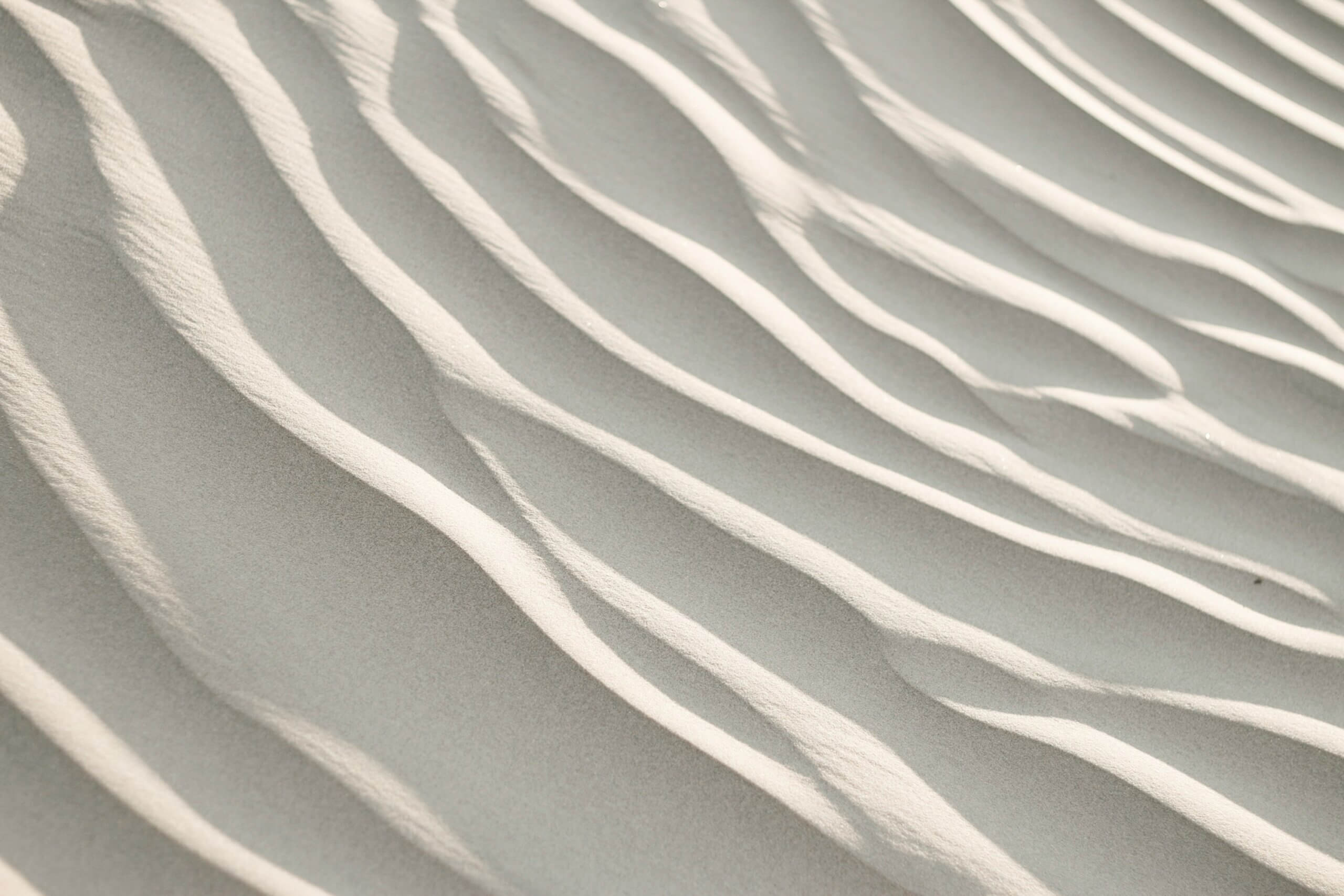
Summer Music, For my Father
The setting:
Notes in a measure of motion
with dissonant zinc-white daylight splashing
and dancing upon the path
as the horizon softens to a bluer hue, and vanishes
The feeling:
Bends in the road tug at the past, memories
a promise of harmony, an impermeable union
an agreement of apple cakes and overtures
bike rides and lyrics
sounds of birdsong chatter
and aromas of burnt newspaper
forgotten conversations, hurt feelings
strawberries rinsing in the sink
the cadence of rolled dice, shaken ice
and the beach sand that tiptoes
throughout the cabin
A memory:
My father is driving the family north to the cottage
We are in his butter-yellow Buick Skylark
a convertible, and I am lying flat in the back
supine and low, away from the wind
I shut my eyes, shielding them from the piercing sun
as we sweep beneath June’s oak canopy
My body feels the route—I know it well
He steers the car along the curves
in a knowing style, never slowing
always going, an optimistic tempo
Actually,
I don’t recall him ever braking
only moving forward, toward the shore
where the sand will get in my toes
and I will float in the mineral cool water
until cold becomes comfort
Caught
A Fishing Spider scrambles on the ceramic tile
It is bedtime in July and everything is damp. Their
torso measures
one inch, three including legs. An empty
apple jam jar, a jail, a liminal space is where I
contain them
until tomorrow when you free and release them
Once flung into the wet morning woods they
may seek
new digs, perhaps spin a web and find another
to whom to regal the night’s tale, like I am doing
with you.
Males, you tell me over coffee, build half-
hearted webs—just enough to attract a mate before she
eats him.
Color as Language
Death flashed her brights at me / She was driving straight into the sun
Jorie Graham
Consequence, three Latin syllables with a q at the center
—tethering a sequence, one event causes another to occur in the light of day—
feels like yellow to orange, red being the event
Sable, like caramel, is a splendid name for a color I don’t use much
preferring to consume colors like chocolate and coffee and oatmeal
or visualize a chestnut horse in the stable of my image bank
Banking is an oxford blue, a powder hue, a power clue, royal and primary
more intimidating than cobalt, steel, Dutch, cerulean, or even azure
which has a greenish cast, and is often used in poetry, an Ars Poetica cliché
A blade of grass in phthalo or sap, veridian or olive, cinnabar, chartreuse
emerald, Veronese, chromium oxide, the vast green gamete of tubes
on my taboret spills onto the others and cuts a line in the foreground
But gold green is queen, a beautiful and flexible pigment
as she opens herself with the slightest touch of medium
creating an ethereal and holy transparent glow, a luscious layer
Corbet green—perfect for copes and groves—
makes me blush as each time I reach or it, I recall his painting Origin of the World
his beaux-arts cropped portrait of a vagina
Periscope and perimenopause are clearly periwinkle
a gradient that washes to a watery purple
navigating the depths of love and sex, going indigo as night falls
Payne’s grey is the deadliest hue, a sort-of blue
the best shade for the ocean depth, the eye’s iris, the marsh water
capable of implying immensity and mystery, a moment
Death flashed her brights is a cadmium yellow
with zinc white highlights, resonate and spooky, alternating to an amber orange
and glowing, like being alive in the dark